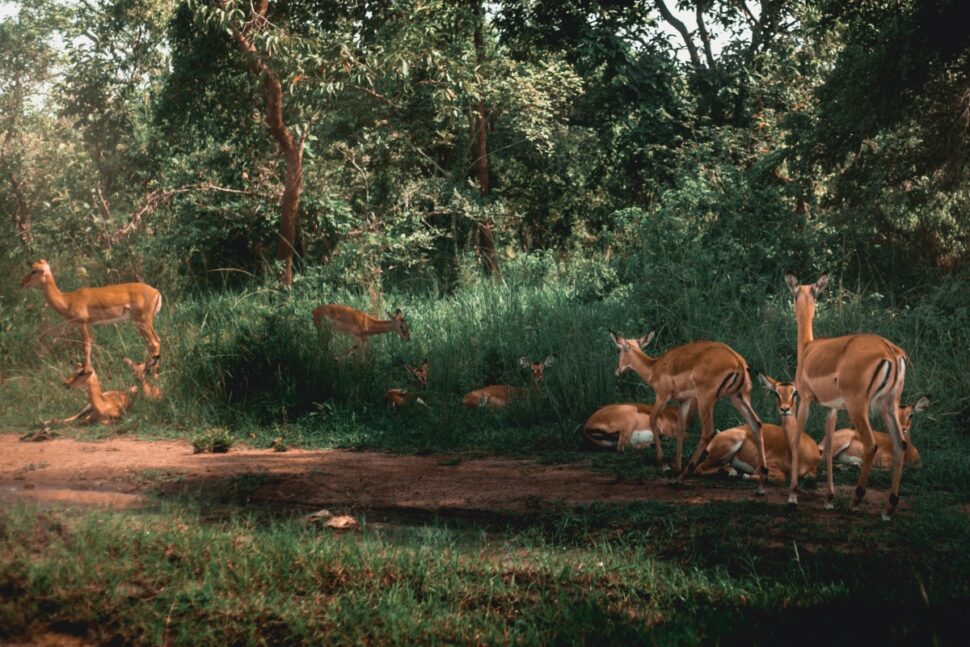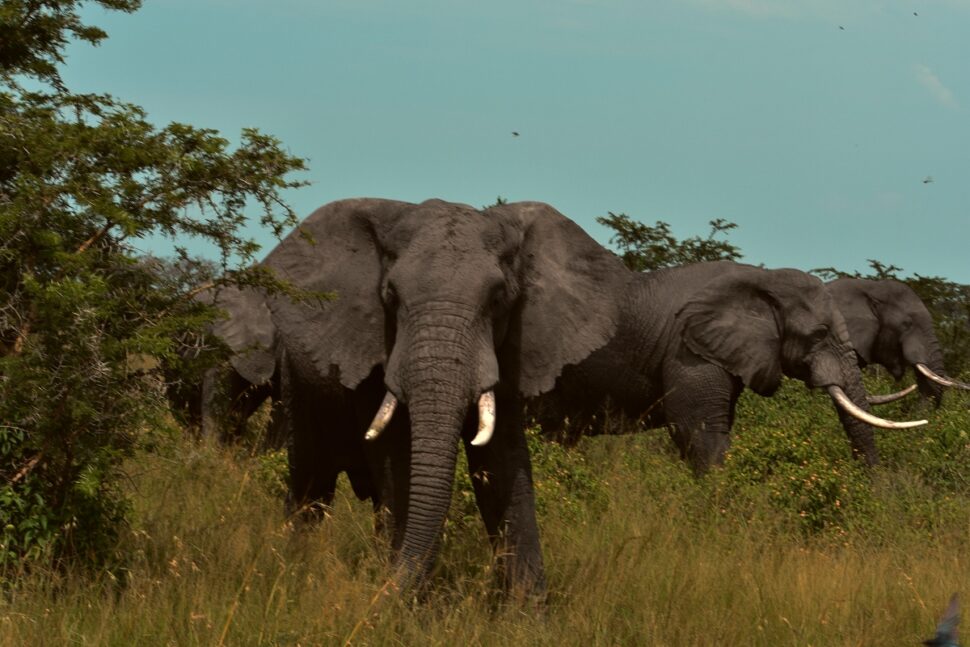Known as the land of a thousand hills, Rwanda is home to some of the most iconic wildlife in Africa. Here, you can find various animals, from mountain gorillas, chimpanzees, elephants, and lions to rhinos and giraffes. However, not only the mountains, the culture, or the warm hospitality of its people are captivating.
Rwanda’s journey from the darkest depths of the 1994 genocide to becoming one of the most economically thriving nations in Africa is nothing short of remarkable. In the aftermath of the genocide, the country faced the daunting challenge of rebuilding its economy, society, and environment. One of the places that suffered the most was Akagera National Park, a protected area in eastern Rwanda that covers 1,122 km along the border with Tanzania.
Akagera National Park: Past and Present
Akagera National Park was founded in 1934 and named after the Kagera River, which runs along its eastern border. It is the largest wetland in Eastern-Central Africa and hosts many habitats, from savannah and montane to swamp and lake. The park is also a haven for biodiversity, with over 12,000 big mammals and 520 bird species identified. However, decades of civil instability, poaching, human encroachment, and habitat destruction quickly eclipsed the park’s glory days. By the late 1990s, the park had shrunk to less than half its original size. It also lost most of its animals, including lions, rhinos, and wild dogs.

A pivotal moment in Akagera’s transformation came in 2010. During this time Rwanda Development Board (RDB) partnered with African Parks, a non-profit conservation group known for successfully restoring challenging wildlife habitats across the continent. This alliance began an audacious journey to revive Akagera’s glory. One of the first steps in Akagera’s makeover was reintroducing several vital species that had been lost to the park, including lions and rhinos. Not every day do you witness a lion’s triumphant return to its ancestral homeland, yet, in Akagera, that’s precisely what happened.
The park now boasts a population of these majestic predators flourishing again in their natural habitat. For the avid wildlife enthusiast, witnessing a lion pride’s majestic roar against the backdrop of a resurgent Akagera landscape is a truly unforgettable experience. Rhinos, those ancient giants of the savanna, also made a comeback to Akagera. Their population has grown with relentless effort and stringent anti-poaching measures.
Fostering Prosperous Communities
The success of Akagera National Park extends beyond environmental preservation; it also serves as an example of effective community development. Through employment opportunities and revenue-sharing schemes, Akagera has become a source of livelihood and pride for the people in its vicinity. One unique way Akagera engages with the local communities is through cultural tourism. Visitors can immerse themselves in the Rwandan culture by participating in traditional dances, storytelling sessions, and craft workshops.

The energy of the local communities is infectious. These experiences offer travelers a chance to witness the natural beauty of Akagera and connect with Rwanda’s traditions. For those seeking a more immersive experience, Akagera provides a range of activities. You can enjoy game drives, boat safaris, and guided walks. Game drives allow one to explore the park’s diverse landscapes, from open savannas to dense woodlands, and encounter its remarkable wildlife. On the other hand, boat safaris take you along the scenic shores of Lake Ihema. Here, you can witness hippos, crocodiles, and a dazzling array of waterfowl up close.
Guided walks provide a unique perspective, allowing you to delve deeper into the park’s ecology and learn about its ecosystem’s smaller, often-overlooked aspects. Akagera National Park is a prime example of how sustainable tourism can drive positive change. The revenue generated from tourism goes directly into the park’s management. This ensures the continued protection of its wildlife and the well-being of its neighboring communities.
